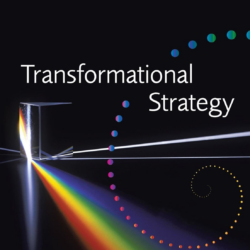Understanding The Decisional Level: Coming to Conclusion
This is the fourth article focusing on the levels of the Focused Conversation Method.
Decisional questions draw the conversation to a close by summarizing, stating next steps, or articulating a profound insight.
Level 4, the DECISIONAL level, focuses on resolution, direction and action. It draws together all of the information, reactions and exploration of the previous levels. Sometimes it can also draw out the transformational impact of the conversation, if this is the aim. The intentional focus at this stage is directed toward summarizing or acting upon the insights explored in the interpretive level. Letting go of previous assumptions, we make decisions in radical openness to what we have discovered. The method of inquiry is eliciting levels of resolve, both in the sense of commitment and the sense of closure.
It’s useful to consider the nature of different levels of decisions.
Resolution
Bringing the discussion to closure is the most surface part of the decisional level. The facilitator might simply draw the conversation to a close, or ask the group to summarize a decision or a consensus that has become obvious through the conversation.
Direction
Sometimes a topic only needs to be resolved with a high level direction, to be planned in more detail later.
Action
If the aim of the conversation is to create action, questions at this point ask the group to articulate what the next steps are. Group commitment to action may be needed, or perhaps individual commitment to action. Questions should elicit the appropriate level of response.
Transformational impact
Sometimes the intent of a conversation is to have a transformational impact on a group, to shake up their world so they can make a conscious change in their operating images or how they relate to each other or to life. In this case, questions can help people articulate a personal insight or what impact the topic or the conversation has on them. Questions that ask people to name an art form, or briefly summarize a situation may help them choose how they are going to relate to it.
The material here is drawn from Chapter 5 of Getting to the Bottom of ToP, which is on track to be published by the end of October 2017.





